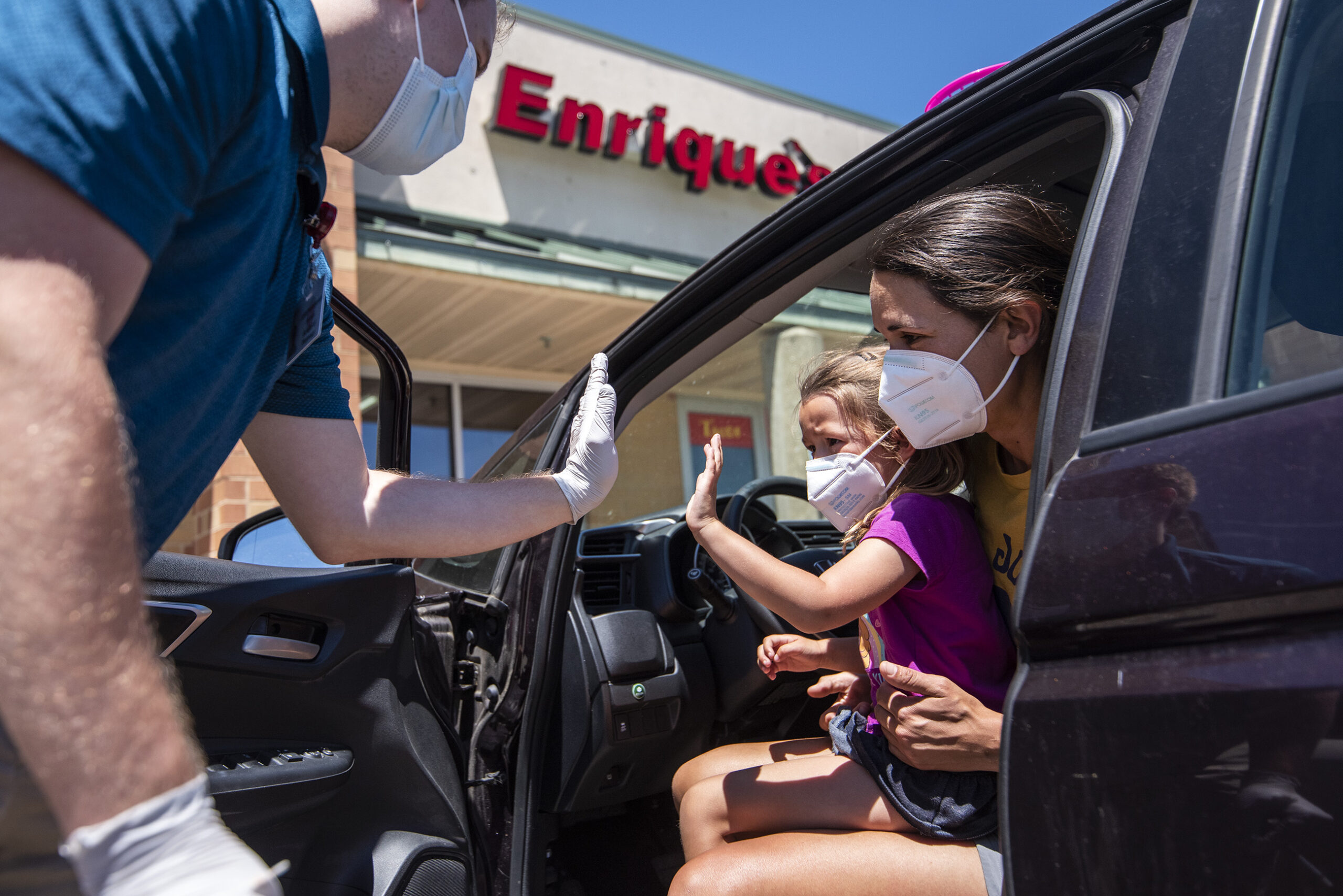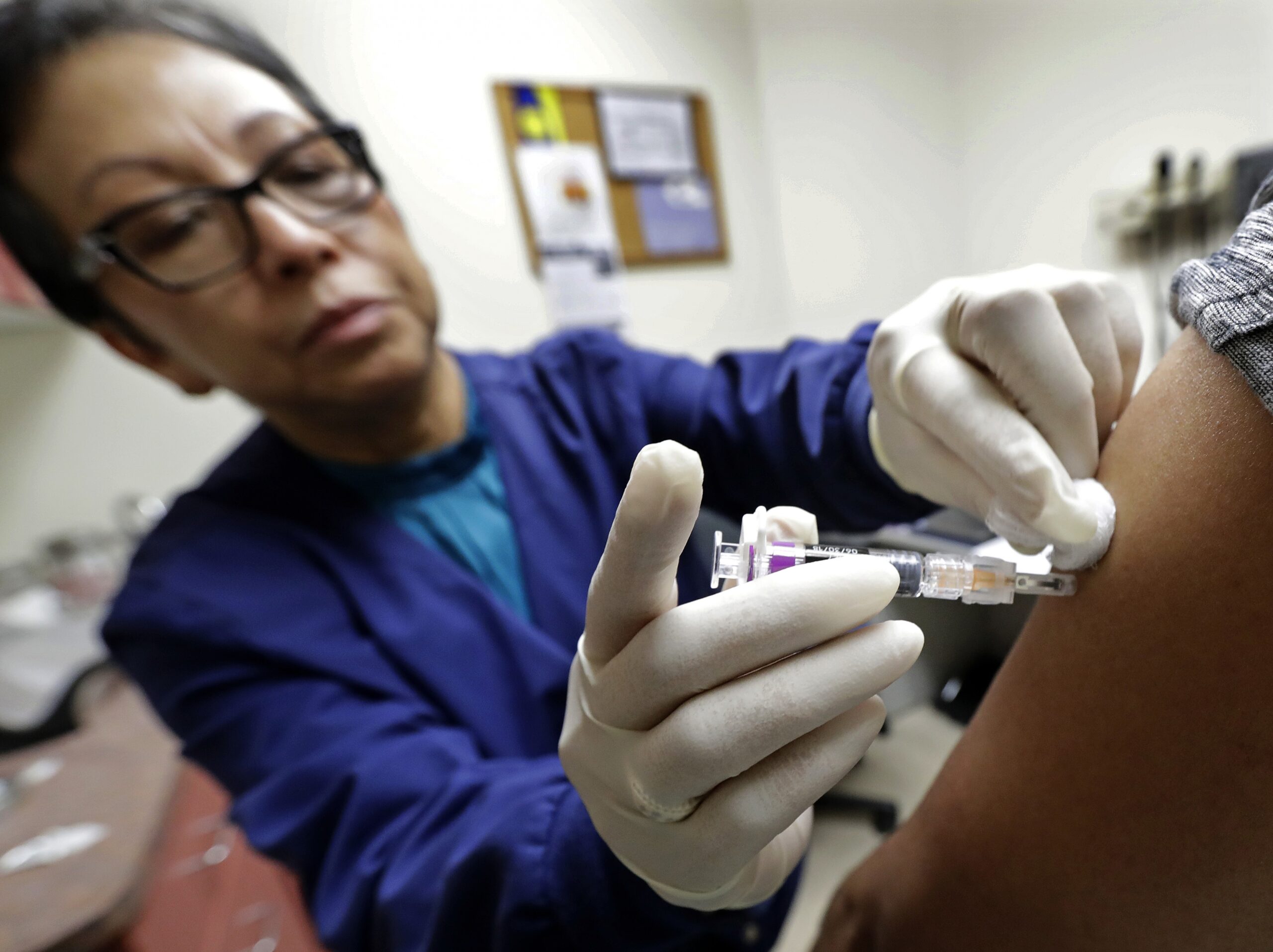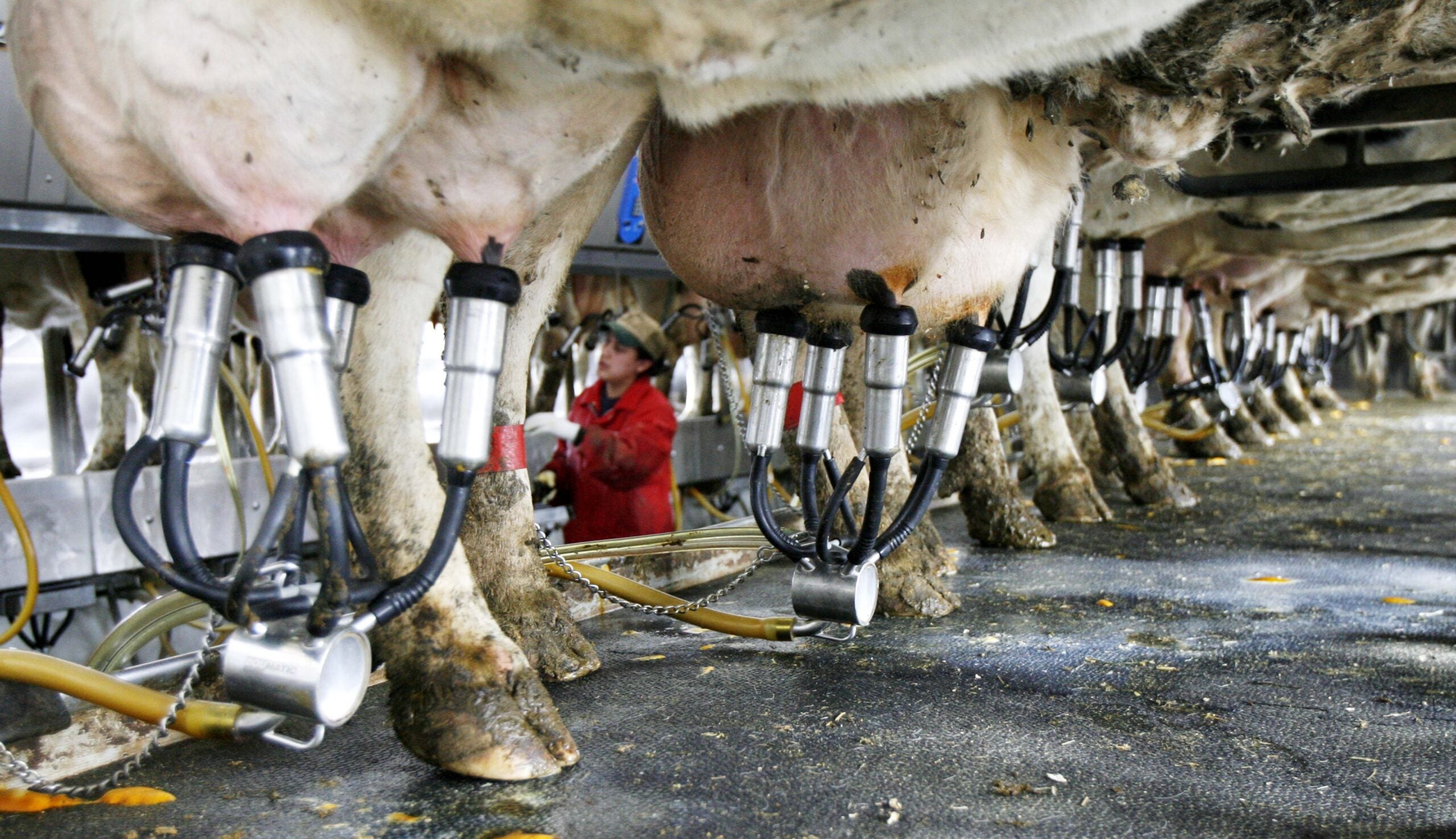The Centers for Disease Control and Prevention reported Friday that the level of flu activity in Wisconsin has jumped from moderate to high.
This flu season has been particularly widespread across the country after getting an early start in September due to the presence of a powerful strain called influenza H3N2.
Thomas Haupt is the influenza surveillance coordinator for Wisconsin’s Division of Public Health. He gathers flu data volunteered by clinics and hospitals across the state. The CDC uses the information he collects to determine flu activity week to week.
Stay informed on the latest news
Sign up for WPR’s email newsletter.
Haupt warns the risk of catching the flu will remain high for weeks to come and the state’s flu activity level may jump yet again.
“We are at high activity, and we will continue to be at high activity, probably for another three to four weeks,” Haupt explained. “But we have not yet seen peak activity, meaning it just might start getting worse before it starts getting better.”
Last week Wisconsin was at the top tier of the moderate level and this week jumped to the lowest of the three tiers in the high level. The rankings are released Fridays and use data from the previous week.

Centers for Disease Control and Prevention
Although flu patients haven’t filled hospitals to capacity yet, hospitals are reporting a strain on resources, Haupt said.
“We do know for a fact that a lot of the hospitals are becoming very full, very quickly, and it would not surprise us at all if they’re sending people off to different hospitals just because of a lack of beds,” Haupt said.
Haupt recommends people wash their hands frequently, stay home if they’re sick and get the flu shot if they haven’t already.
“It’s something that you want to get not only to protect yourself but to protect people around you who might be at risk to complications of the flu,” Haupt said.
People older than 65 are especially vulnerable to the H3 strain.
Wisconsin Public Radio, © Copyright 2024, Board of Regents of the University of Wisconsin System and Wisconsin Educational Communications Board.







